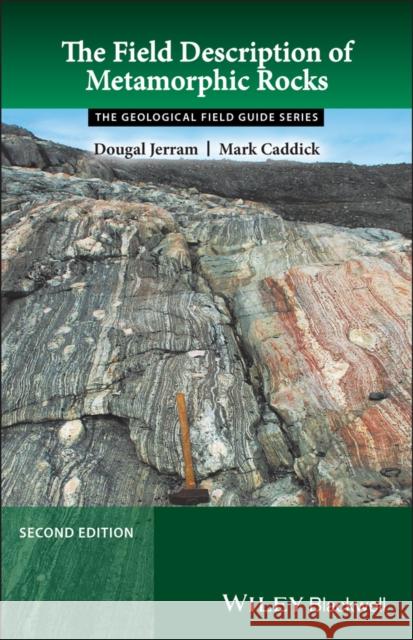The Field Description of Metamorphic Rocks » książka
topmenu
The Field Description of Metamorphic Rocks
ISBN-13: 9781118618752 / Angielski / Miękka / 2022 / 192 str.
Kategorie BISAC:
Wydawca:
John Wiley and Sons Ltd
Seria wydawnicza:
Język:
Angielski
ISBN-13:
9781118618752
Rok wydania:
2022
Numer serii:
000303027
Ilość stron:
192
Oprawa:
Miękka
Wolumenów:
01
Dodatkowe informacje:
Bibliografia











